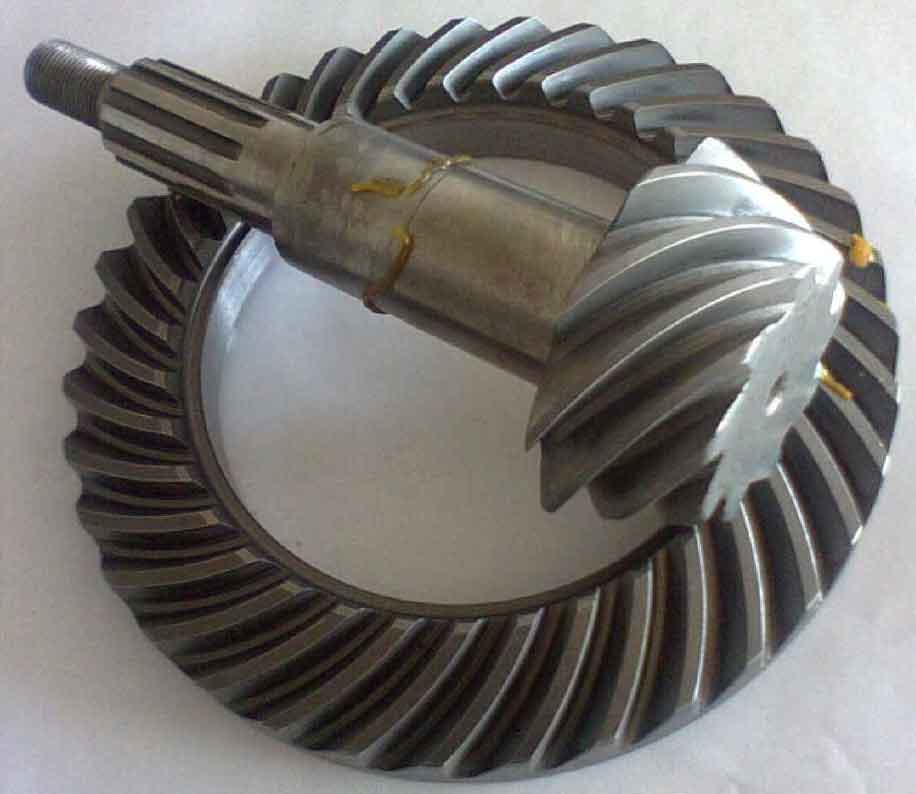Forging is a plastic forming processing method, which uses various pressure machines to exert pressure on the metal blank under certain temperature conditions to produce plastic deformation, so as to obtain the required forgings.

There are two kinds of forging of spiral bevel gear: one is the hot forging of spiral bevel gear blank for subsequent machining, and the other is the precision forging of spiral bevel gear. The precision forging of spiral bevel gear is a less cutting method. The forgings after precision forging do not need subsequent cutting or only a small amount of finishing.
1.Traditional closed die forging
Closed die forging, also known as no flash die forging. During the forging process, the gap between the upper die and the lower die remains unchanged. The blank is formed in the closed die chamber around, without horizontal flash. A small amount of excess material will form longitudinal burrs, which can be removed in the subsequent process. In the process of closed die forging, the upper die and the lower die are first contacted and closed to form a closed die chamber, at the same time, sufficient die closing force is applied to it, and then the blank in the die chamber is extruded from one direction or two directions with the upper punch or the lower punch or the upper and lower punches together, In special cases, it can also be extruded in multiple directions without metal outflow, so that a large amount of deformation and complex surface can be obtained in one deformation to complete the plastic forming of complex parts. Closed die forging can improve the plasticity of forging materials, reduce noise, reduce vibration and improve the automation of forging machinery. At the same time, the geometry, quality and dimensional accuracy of the forgings of closed die forging are very close to the products, which is a common method for precision forging of spiral bevel gears. However, there is a defect in this method. When the blank enters the lower die, the blank will be subject to the upward friction exerted by the lower die, and the friction will increase with the increase of deformation. In this way, the material flow is difficult, and it is easy to stay at the upper end of the die cavity, so that the lower end is not fully filled.
2.Floating die closed die forging
In view of the defects of traditional closed die forging, Tuncer C and Dean T.A put forward a floating die principle: the die is designed into a floating structure to make the die move downward relative to the blank, and the effective friction between the die and the blank is used to make the material flow downward, so as to fill the lower end of the die cavity.
